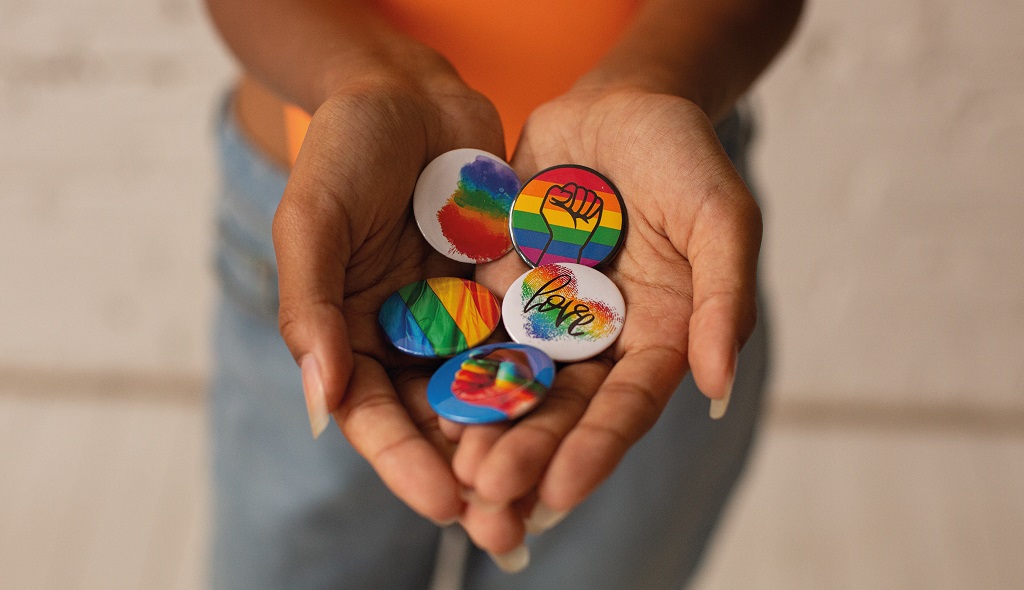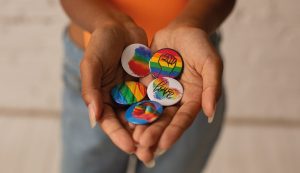Humans continuously evolve, but as we do, we struggle to let go of what is familiar. In recent years, a debate has emerged about if the gendered aspects of the Spanish language should evolve with us or be left alone. Currently, the Spanish culture is divided. Feminists are fighting against the plural masculine in order to make the language more inclusive not only of women, but also of non-binary people. Whether or not it’s been “officially” decided, Spanish is evolving and this can be seen and heard in the streets and in the media.
Creating a more inclusive Spanish language would take work, but is doable. Let’s look at a few ways to make nouns, pronouns, adjectives, and articles more inclusive.
Double Up

Those who support inclusive language are proposing “doubling up” on genders. An example of this would be instead of saying “the school children”, they would explicitly mention the masculine and feminine children at once by saying, “the school girls and boys”. This is not a perfect solution as it doesn’t represent the individuals who don’t consider themselves to fall under the binary representation of male and female.
People who aren’t a fan of this solution also argue that when you double up, you’re providing an unnecessary and artificial linguistic workaround. Plus, the text can become unnecessarily wordy. Proponents of this change argue that it does give visibility to women and avoids confusion caused by ambiguity.
Using Collective or Abstract Nouns
The use of collective or abstract nouns that don’t show gender can also be a potential solution. A good example of making this work, can be seen with “the citizens” which in Spanish is “los ciudadanos”. Instead, you can say “la ciudadanía” which is a non-gendered collective noun and translates to “the citizenry”. You can make similar swaps with other nouns, but do have to be careful as there can be a slight change in meaning which may not provide the right contextual fit.
The Letter “E” in Articles, Adjectives, and Nouns

Because there are only two genders in Spanish, when a group that contains both the female and male genders is addressed, the speaker will traditionally default to the masculine plural. To make language choices in these scenarios more inclusive, whenever you have an adjective, noun, or article, you can change the “O” at the end to an “E”. Let’s look at how to do this. You can swap gendered nouns like “los niños” or “las niñas” with “les niñes”. If you want to make a singular word gender-neutral, you would make the same swap for the feminine “A” or the masculin “O” at the end of the singular word.
The “Elle” Pronoun
The “E” can also be used when referring to those who are non-binary by using the word “elle” as the personal pronoun. Elle, is the Spanish equivalent of “they”. The Spanish speakers in support of these changes argue that “E” is an existing letter in the alphabet and the pronunciation is easy. On the flip side, those against this change don’t appreciate how against the norm it is and feel that Spanish already has mechanisms that can work to avoid using gendered expressions that don’t require making such a drastic change.
More Solutions Exist
While these are a few of the more common solutions being used today, other options exist for making Spanish more inclusive. If you’re interested in learning more about them, Modii offers a non-sexist language guide in Spanish that is worth checking out.









